Proposed Spectrum Reallocation Could Stifle Global Competitiveness, According to Automotive Experts
June 10, 2020 — The Federal Communications Commission’s proposal of redistributing spectrum on the 5.9 GigaHertz (GHz) band drew criticism from auto industry experts on a Federal Communications Bar Associations webinar Tuesday. The agency proposed repurposing the lower 45 megahertz of the band for
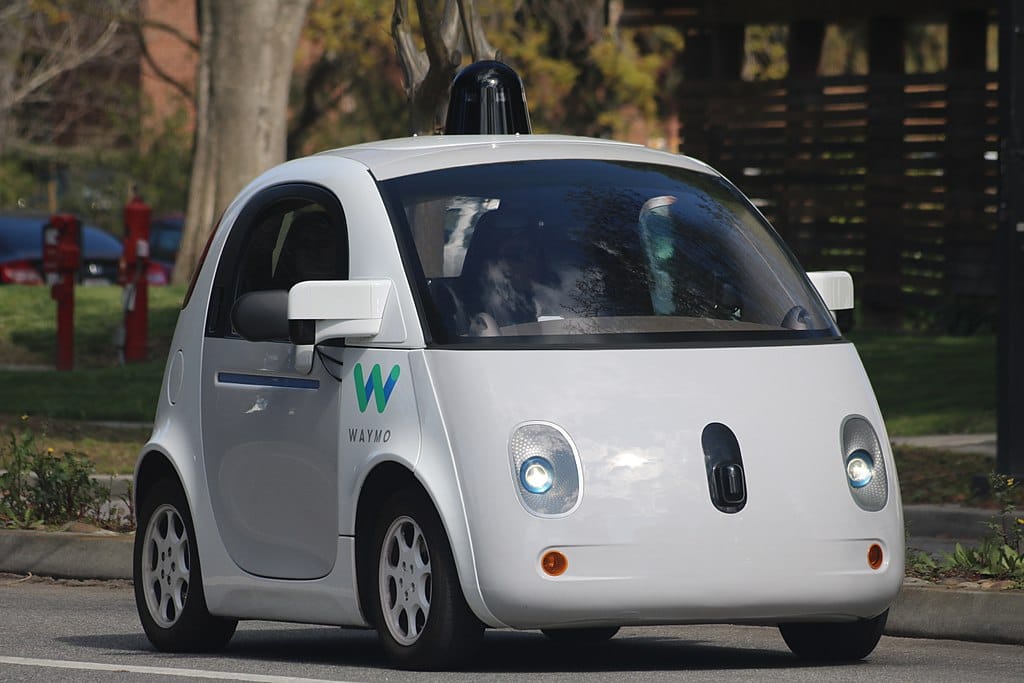


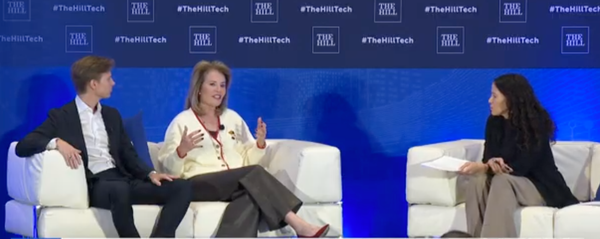


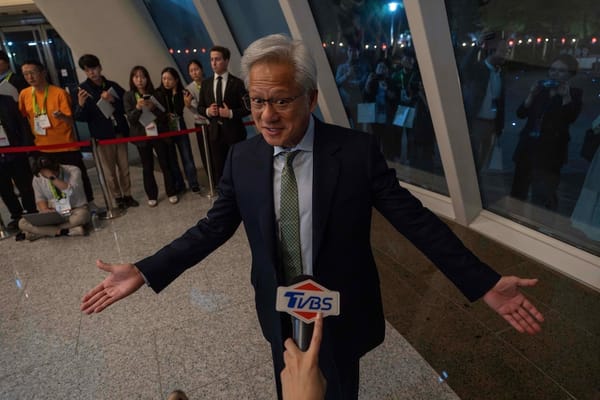
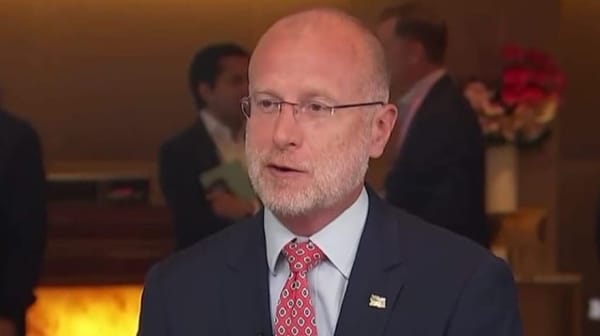

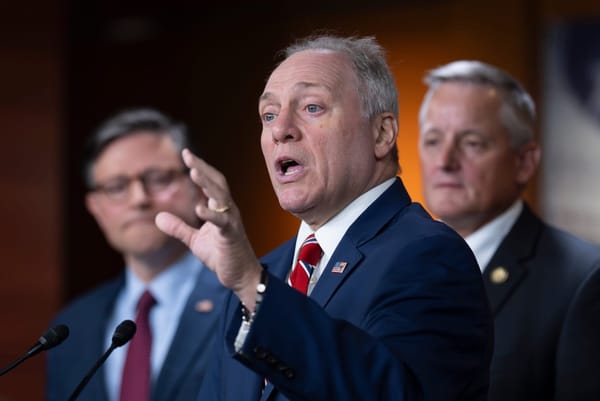


Member discussion